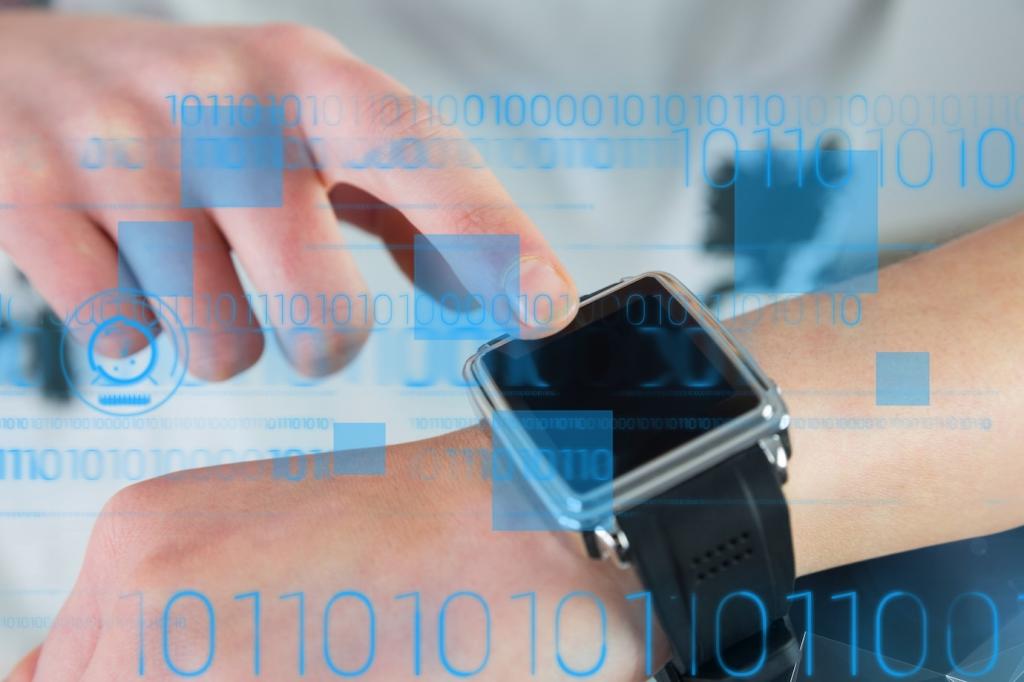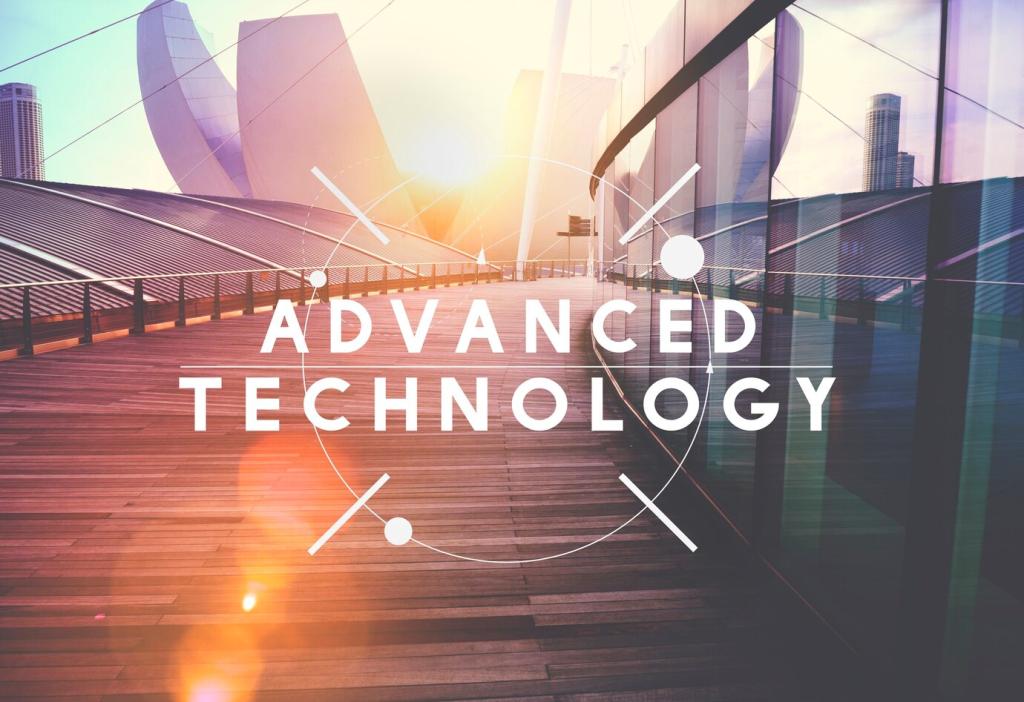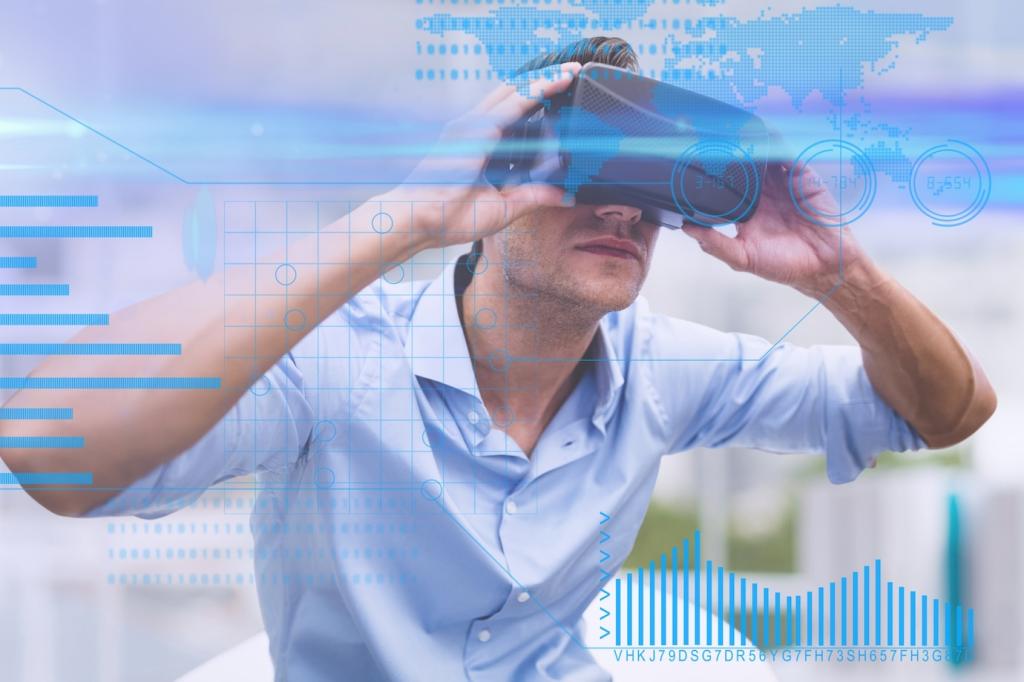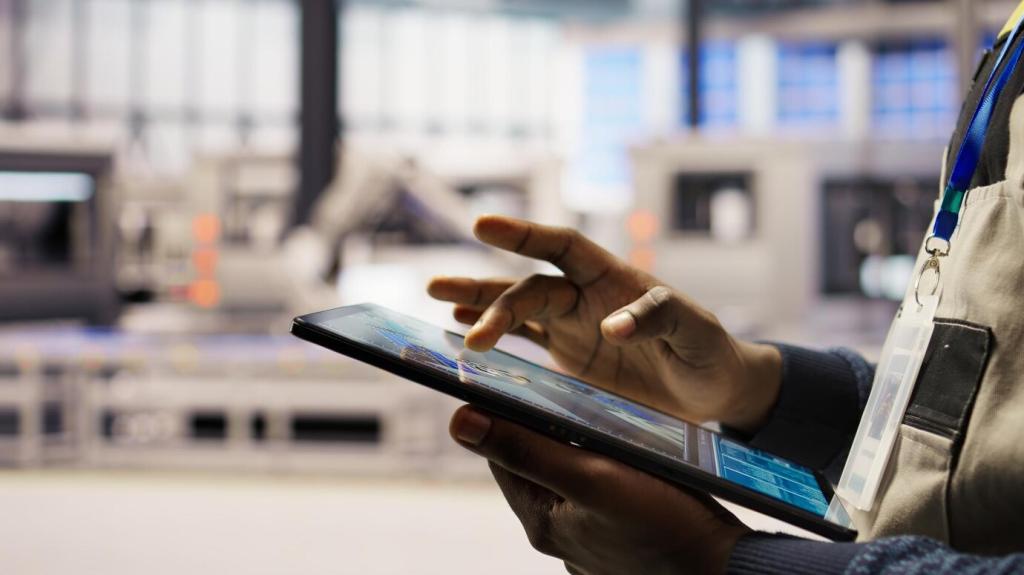
Advancements in Augmented Reality: Where Digital Layers Meet Real Life
Chosen theme: Advancements in Augmented Reality. Step into a world where spatial computing turns sidewalks into canvases, manuals into mentors, and everyday routines into remarkable experiences. If AR excites you too, subscribe and share what breakthrough you want to see next.

Simultaneous localization and mapping once felt magical; now, persistent spatial anchors let AR content stick to places across sessions and devices. Imagine leaving a floating note by your office door that teammates can see later. What would you pin to your space? Share your ideas.

Depth sensors, LiDAR, and smart monocular depth estimation let virtual objects slip behind chairs or peek from shelves convincingly. That natural occlusion flips curiosity into belief. Have you noticed the moment your brain accepted a digital lamp as truly on your desk? Tell us about it.

Tiny models now run on-device, denoising, relighting, and super-resolving frames so AR visuals remain crisp without draining bandwidth. Edge-assisted inference keeps latency low in busy spaces. Want a primer on deploying efficient models for AR scenes? Subscribe, and we’ll send our checklist.
Hardware Evolution: Glasses, Sensors, and Everyday Comfort
Waveguides and Micro‑Displays
Modern waveguides steer light into your eyes while microLED or LCOS displays keep images bright outdoors. The challenge is color uniformity and field of view without bulk. If you’ve tried a new prototype, what impressed or bothered you most? Comment with your hands-on impressions.
Tracking Without the Dots
Inside-out tracking uses cameras, IMUs, and clever math instead of markers, freeing you from stickers on walls. Advances reduce drift during fast head turns, keeping anchors stable. Have a stabilization trick or settings recipe? Share it so others can learn from your tweaks.
Battery, Heat, and Human Factors
Battery chemistry, heat dissipation, and weight balance define comfort more than specs alone. Engineers now spread components to reduce pressure points and fogging. Would you wear glasses with a neck battery if they felt featherlight? Vote in our poll and subscribe for results.
Advancements in AR for Learning and Training
01
Imagine orbiting planets scaled to your living room or dissecting a virtual frog with classmates across town. Advances in shared anchors and low-latency sync make collaborative lessons stick. Teachers, what AR concept would delight your students this term? Drop a suggestion for our upcoming toolkit.
02
Guided overlays now walk apprentices through real machines, step by step, logging each action. A plant manager told us error rates fell after they added spatial arrows and color-coded torque cues. Want our template for effective AR checklists? Subscribe and we’ll send it to your inbox.
03
Real-time translation subtitles, sign language avatars, and adjustable contrast layers turn public spaces into accessible classrooms. Advances in on-device speech models are cutting delay dramatically. How could these overlays help your community? Share a scenario we should prototype together.
Surgical Navigation
By aligning patient scans to anatomy, AR can project planned incisions or screw paths right onto the body. Improvements in calibration and soft‑tissue tracking are critical. Surgeons, what would make overlays trustworthy in the OR? Comment with a must‑have feature or workflow.
Therapeutic AR and Pain Management
Immersive distractions reduce perceived pain during dressing changes or rehab, especially when environments adapt to movement. Advances in biofeedback loops personalize scenes in real time. Have you seen therapy patients engage longer with AR? Tell us what kept them motivated.
Medical Collaboration in Real Time
AR lets remote specialists annotate a clinician’s view with arrows, angles, and measurements. With better depth estimation, their guidance lands exactly where it should. Would your team try a rapid pilot? Subscribe for our step-by-step playbook and share your use case.
Retail, Workflows, and the Augmented Workplace
Try‑Before‑Buy That Actually Fits
Improved body and room scanning means furniture truly fits corners and shoes match gait, not just size. Merchants integrate lighting estimation so colors don’t lie. What product would you only buy after an AR preview? Tell us and we’ll test the top picks.
Guided Work and Reduced Errors
Technicians now follow overlays that highlight the next bolt, display torque values, and flag hazards. One team told us rework dropped after they added simple countdown timers to curing steps. Want the pattern library we use? Subscribe to get the link and share your lessons learned.
Data Layers for Safer Sites
AR can surface live IoT readings—temperatures, pressures, occupancy—directly over equipment. Advances in permissions and role-based views keep sensitive data secure. What safety indicator should always be visible on your floor? Comment so we can design a reference layout.
Modern browsers handle world tracking, hit testing, and camera access with fewer permissions, making AR tryouts frictionless. Compression and smart asset streaming keep loads snappy. Which WebAR library has your heart—and why? Drop a link to your favorite demo for us to feature.
Creative Tools: WebAR, SDKs, and No‑Code Pipelines
Ethics, Privacy, and Social Acceptance
Advances in on-device redaction and face blurring help respect privacy, but opt-in signals and visible indicators build trust. Communities need clear rules. What consent pattern feels right for cafés, classrooms, or trains? Share examples we can refine together.
Low Latency, High Presence
With 5G and edge compute, shared anchors resolve faster, reducing jitter in multi-user scenes. That steadiness turns novelty into utility. Have you built a shared AR moment that made strangers smile? Tell us what made it feel real for everyone involved.
Haptic and Audio Augmentation
Subtle wrist taps and spatial audio cues guide attention better than flashing widgets. Progress in miniature actuators and beamforming makes feedback precise. What haptic nudge would help you most—navigation, fitness, or focus? Share your pick and why it matters to you.
Persistent Worlds and Digital Twins
City-scale maps and synchronized twins let AR content live on, evolving with infrastructure. Context-aware layers can teach, entertain, and inform as you move. If you could anchor one meaningful story to your neighborhood, what would it tell? Add your idea below.

